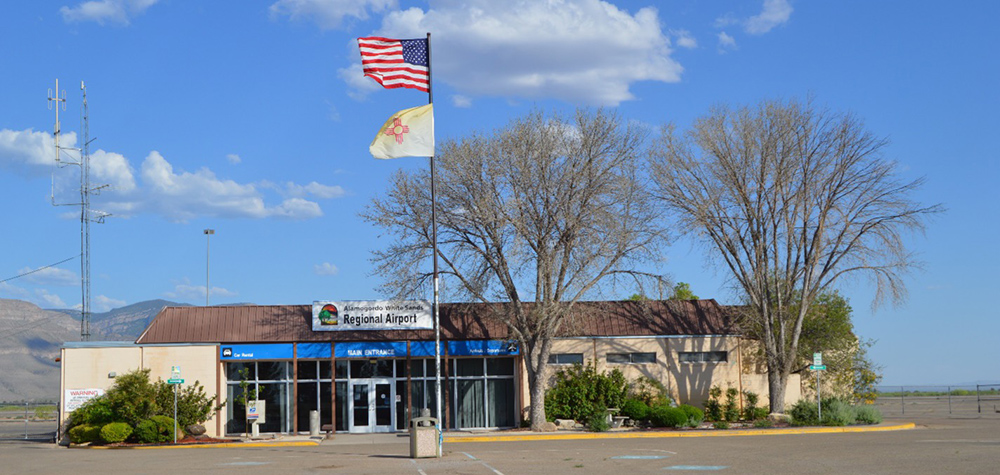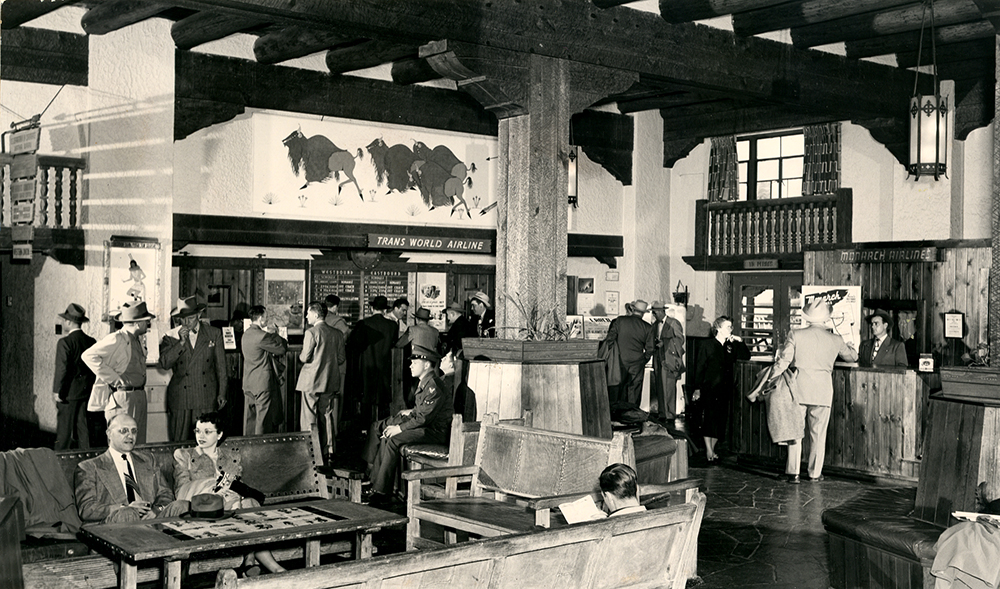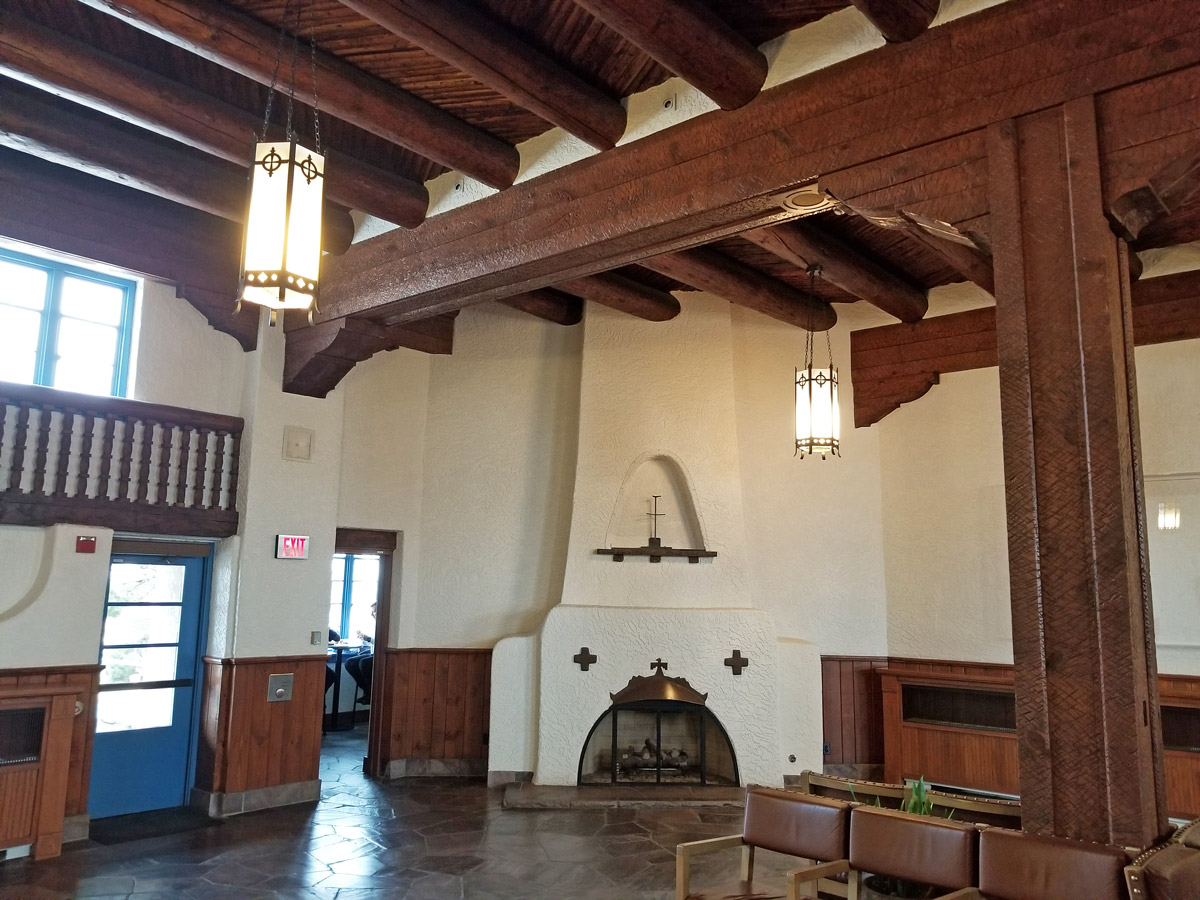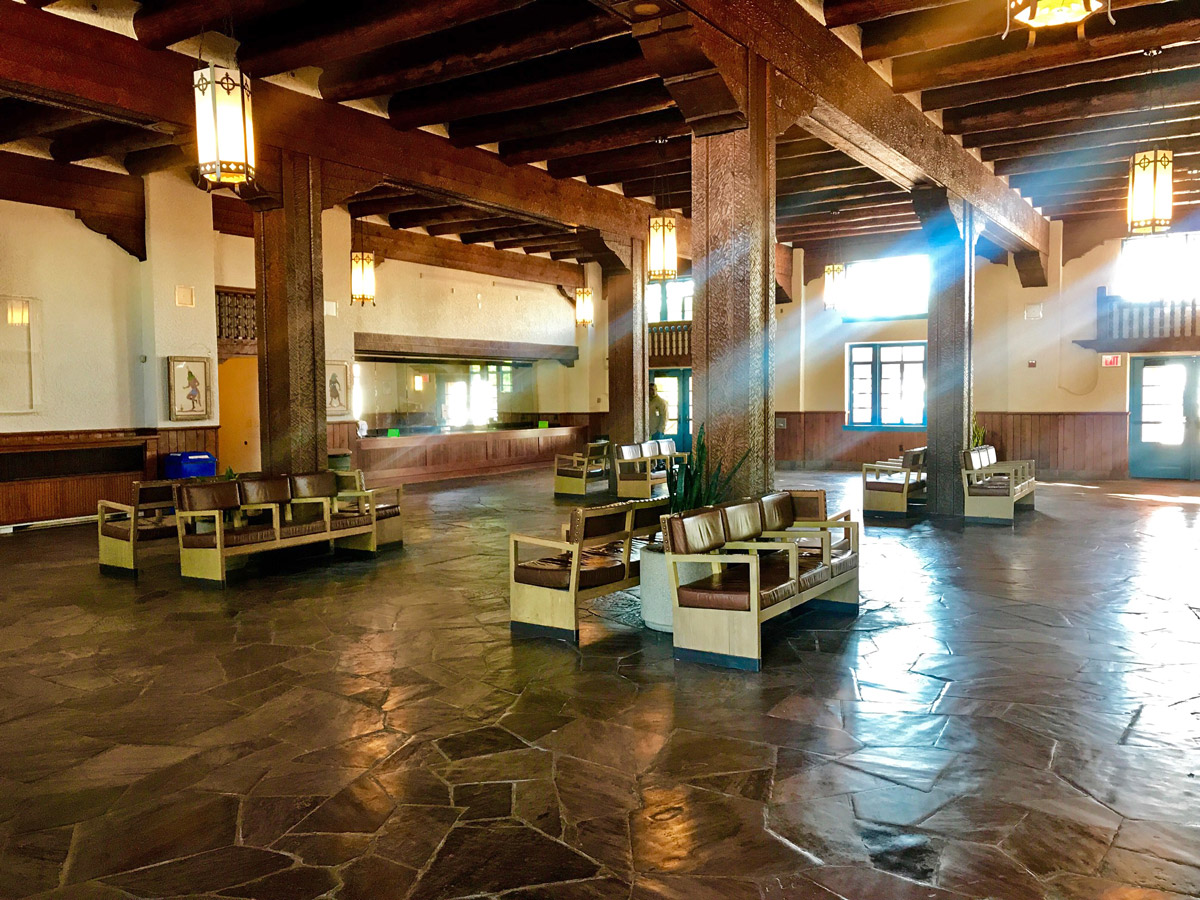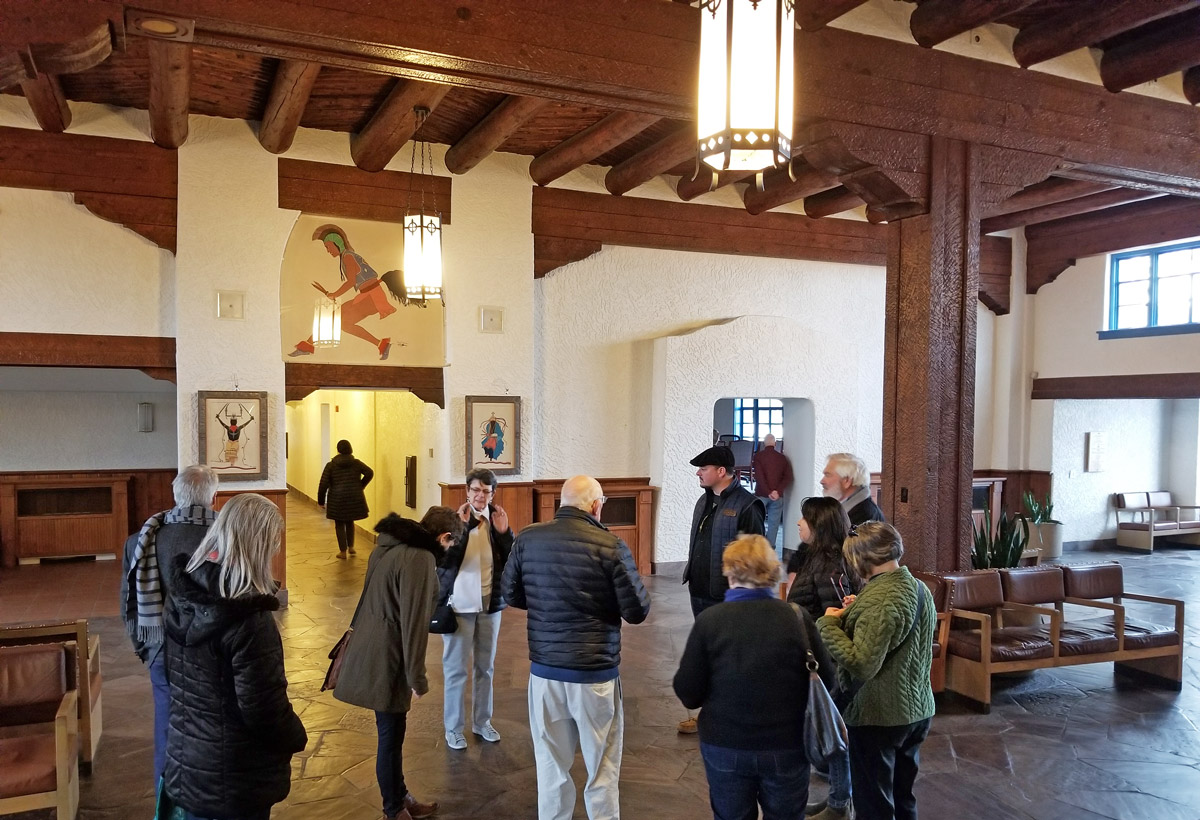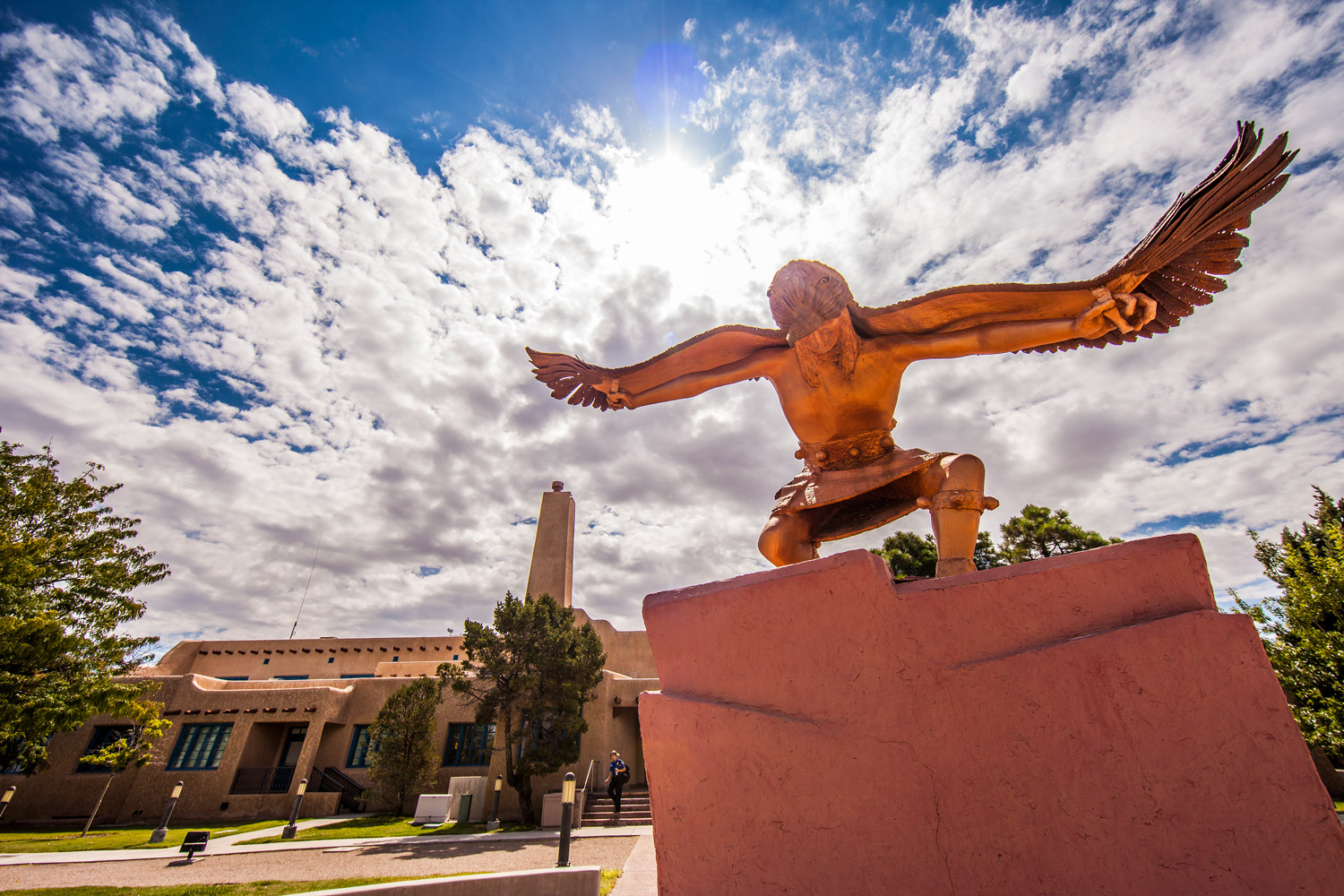ADD MAIN TITLE HERE
Main Title
Sub Title
The Alamogordo-White Sands Regional Airport serves the city of Alamogordo, as well as Holloman Air Force Base and Otero County, New Mexico. The field opened in late 1959 as the Alamogordo Municipal Airport with the name change occurring in the mid-1970’s. Commercial airline service was first operated through Holloman Air Force Base but was shifted to the Alamogordo Municipal Airport upon opening.
The Alamogordo-White Sands Regional Airport serves the city of Alamogordo, as well as Holloman Air Force Base and Otero County, New Mexico. The field opened in late 1959 as the Alamogordo Municipal Airport with the name change occurring in the mid-1970’s. Commercial airline service was first operated through Holloman Air Force Base but was shifted to the Alamogordo Municipal Airport upon opening.
Sub Section
Description
In 1935 it was suggested that the city build a new public airport using Works Progress Administration money. Having secured $520,500 in funding, Governor Clyde Tingley broke ground for the project on February 28, 1937. Albuquerque Municipal Airport opened in 1939 with two paved runways, a Pueblo Style terminal building designed by Ernest Blumenthal, and a massive hangar designed to accommodate the new Boeing 307 operated by TWA. TWA became Trans World Airlines in 1946. Within two years after the airport opened, the Albuquerque Army Air Base was constructed to the east. This facility later became Kirtland Air Force Base and still shares the runways and other facilities with the commercial operations of the airport today. Monarch Airlines came to Albuquerque in 1947 then merged with other carriers to become Frontier Airlines in 1950. Pioneer Airlines began service in 1948 and merged into Continental Airlines in 1955. TWA, the largest of the carriers serving Albuquerque, introduced the first jet service in 1961 using the Boeing 707. The airport was renamed Albuquerque Sunport on April 17, 1963. In late 1963, Trans Texas Airways (later becoming Texas International Airlines) began service rounding out the first four carriers to serve the airport prior to the airline deregulation act of 1978. Several smaller commuter airlines also served the airport over the years including Ross Aviation.
The old terminal of 1939 has since been restored and houses offices of the Transportation Security Administration. It was added to the National Register of Historic Places in 1988. If you’re interested in arranging a tour of the Old Terminal, click here for more information.
The present terminal was designed by William E. Burk Jr. It is built just east of the original terminal, and opened on November 12, 1965. At first the terminal had eight gates, four at the main building and another four at a small satellite building to the south connected by a tunnel. None of the gates had jet bridges. The airport gained international status in 1971 and was renamed the Albuquerque International Airport on September 17, 1971.
The old terminal of 1939 has since been restored and houses offices of the Transportation Security Administration. It was added to the National Register of Historic Places in 1988. If you’re interested in arranging a tour of the Old Terminal, click here for more information.
The present terminal was designed by William E. Burk Jr. It is built just east of the original terminal, and opened on November 12, 1965. At first the terminal had eight gates, four at the main building and another four at a small satellite building to the south connected by a tunnel. None of the gates had jet bridges. The airport gained international status in 1971 and was renamed the Albuquerque International Airport on September 17, 1971.

